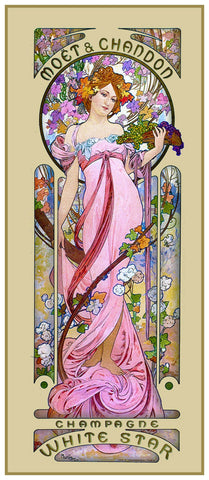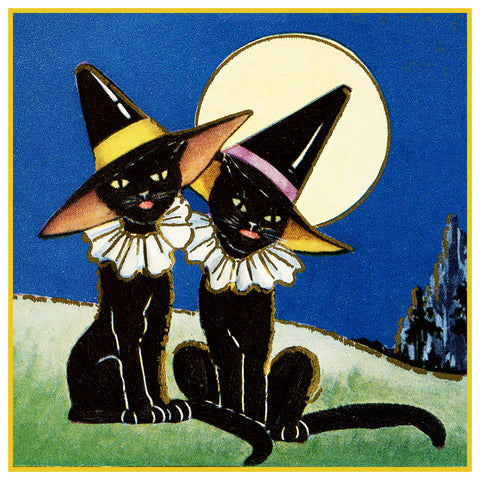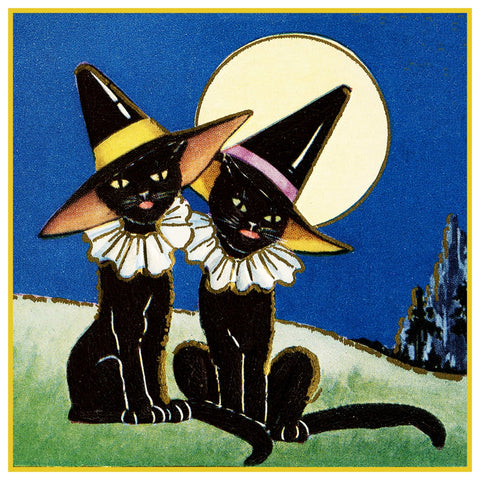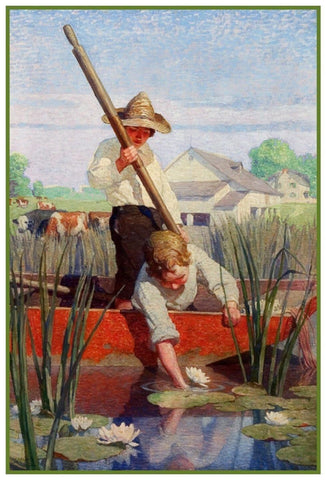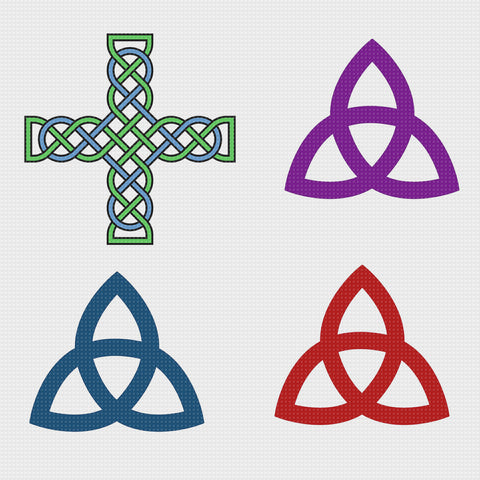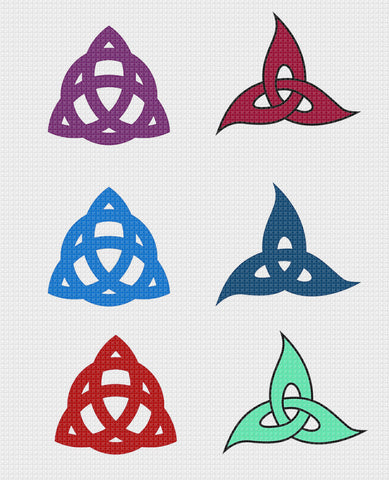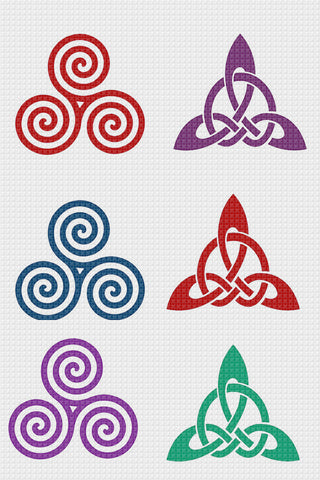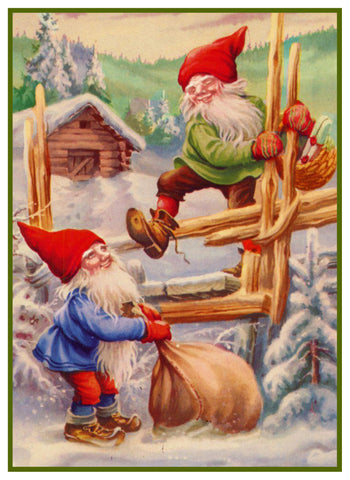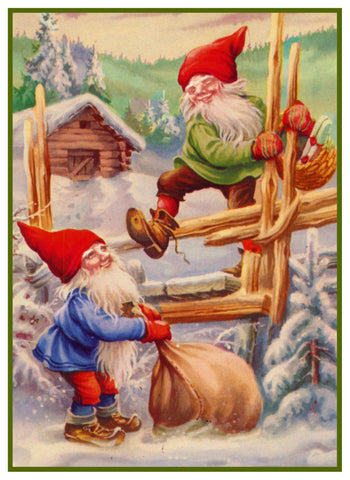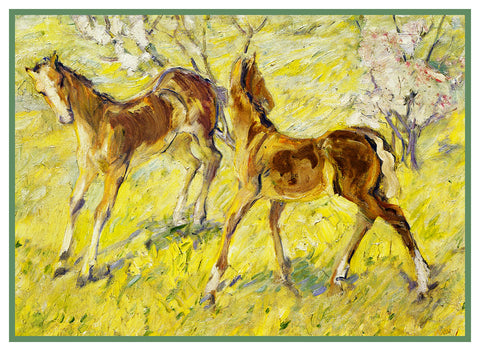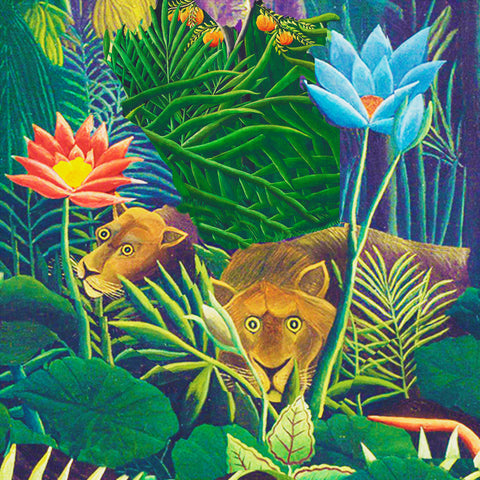- This product is a Digital Download of a COUNTED CROSS STITCH PATTERN. Instructions included. You can work from the digital pattern on your device or print the pattern on your own printer. The pattern is a multi-page enlarged chart that is easy to follow as you work.
- Chart is in Black and White using symbols to differentiate the different threads you will use. Chart is not in Color. See the detailed product images attached to this listing.
- COUNTED CROSS STITCH PATTERNCharted for 14 count/grid fabric and DMC Cotton Floss. Finished Size is: 14 inches (196 Stitches) by 12 inches (168 Stitches) when stitched on 14 Grid/Count Fabric
- NO thread or fabric are included.
- Chart/Patterns use up to 40 colors of floss. Full stitches only. No half stitches and no backstitching necessary.
This is a pattern that is used to sew and to create a cross stitch picture.
This is NOT a completed product. It is NOT a kit, it is a DIGITAL DOWNLOAD. It contains no floss or fabric.
Note to Stitchers: You will receive a chart that is of the entire image including the background. You can stitch the background or stitch on your choice of a 14-count solid cloth and create a raised embossed effect.
What inspired this pattern:
Louis Marie de Schryver, 1862-1942, was born in Paris. He was the son of a well-respected journalist and was raised in privileged upper class of French society. De Schryver's artistic talent was apparent at a young age, and he exhibited his first entry at the Paris Salon at the age of only thirteen. Early in the artist's career, paintings of modern life in Belle Epoque Paris became a subject for artists.
As a member of the upper class himself, de Schryver was familiar with the leisure activities of the fashionable women of Paris that would become his subject matter. Among the many changes to daily life in the waning years of the 19th century was the increasing visibility of women outside the home. Both the chic women strolling the boulevards to show off their modish new dresses and hats and the young women selling flowers and staffing the cafes and boutiques in the fashionable areas of town were taking advantage of new freedoms. De Schryver had a particular affinity for the women who worked as Paris' flower vendors.
Throughout his career he experienced the fluctuating artistic temperament of the art world of Paris, but he had maintained similar themes throughout his career, beginning early on with still lifes and portraiture, finding his greatest success with his Parisian scenes, dabbling for a short time in the culture of the automobile, but then returning to his popular Parisian scenes after also working with landscapes. de Schryver's images contributed to the interest in contemporary scenes of Parisian life that remained popular throughout most of his lifetime.


![[product_title] - Orenco Originals LLC Counted Cross Stitch](http://www.orencooriginals.net/cdn/shop/products/01a14x12LouisMariedeSchryverFlowerSellerwithChildSTITCHED_2132db02-edd6-4f2d-a958-b0db99d54782_1024x1024.jpg?v=1658862173)
![[product_title] - Orenco Originals LLC Counted Cross Stitch](http://www.orencooriginals.net/cdn/shop/products/01a14x12LouisMariedeSchryverFlowerSellerwithChildSTITCHED_2132db02-edd6-4f2d-a958-b0db99d54782_medium.jpg?v=1658862173)
![[product_title] - Orenco Originals LLC Counted Cross Stitch](http://www.orencooriginals.net/cdn/shop/products/StitchFrame_9copy_b2f40a1a-d26e-481a-9d25-61a69d40ee64_medium.jpg?v=1658862173)
![[product_title] - Orenco Originals LLC Counted Cross Stitch](http://www.orencooriginals.net/cdn/shop/products/StitchPillowe_2copy_17b2681f-b0d7-40ad-aacb-8f4769d07403_medium.jpg?v=1658862173)
![[product_title] - Orenco Originals LLC Counted Cross Stitch](http://www.orencooriginals.net/cdn/shop/products/StitchFrame_3_21117fc8-d5b1-4b60-8e5f-a95ddf062620_medium.jpg?v=1658862173)
![[product_title] - Orenco Originals LLC Counted Cross Stitch](http://www.orencooriginals.net/cdn/shop/products/StitchFrame_9copy_4a979e61-5db3-4af3-88ea-57b2e9e04d26_medium.jpg?v=1658862173)
![[product_title] - Orenco Originals LLC Counted Cross Stitch](http://www.orencooriginals.net/cdn/shop/products/StitchFrame_5copy_5aaaddca-8b16-4924-ad0d-10207728263a_medium.jpg?v=1658862173)
![[product_title] - Orenco Originals LLC Counted Cross Stitch](http://www.orencooriginals.net/cdn/shop/products/StitchPillowe_1copy_62ea75f8-a889-4a2e-a7a0-fbfaf17b71d9_medium.jpg?v=1658862173)
![[product_title] - Orenco Originals LLC Counted Cross Stitch](http://www.orencooriginals.net/cdn/shop/products/StitchFrame_10copy_6fac22a7-8955-4788-bfc8-ecd5edafab7f_medium.jpg?v=1658862173)
![[product_title] - Orenco Originals LLC Counted Cross Stitch](http://www.orencooriginals.net/cdn/shop/products/362371097721-1_1c3b291f-2c75-45c7-8527-c780cb5f8f9d_medium.jpg?v=1658862173)
![[product_title] - Orenco Originals LLC Counted Cross Stitch](http://www.orencooriginals.net/cdn/shop/products/horizontalebayservicesmay2018_14eb6d88-07a4-4338-9241-d6e69f14eab2_medium.jpg?v=1658862173)
